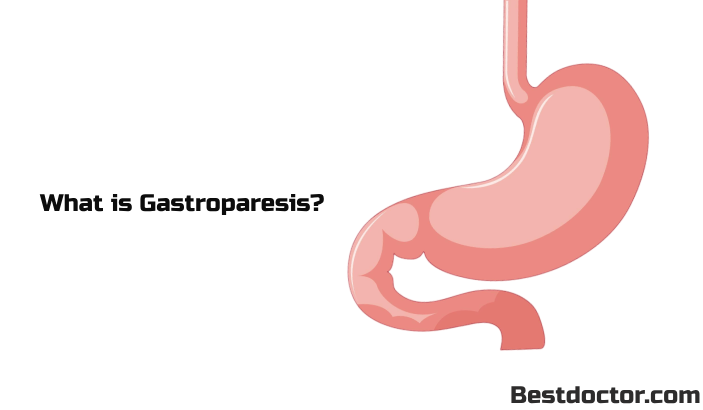The use of muscle relaxants has increased over the years. In order to improve your health and well-being, it’s necessary to learn as much as possible about different health concerns and medications that your doctor may prescribe. Although muscle relaxants are widely used, they’re still misunderstood. This post focuses on muscle relaxant medications, their mechanism of action, and their safety profile.
What is Muscle Relaxant Medication?
Muscle relaxant, also known as muscle relaxer, is a type of medication that relaxes and decreases tension in muscles. They are only available with a doctor’s prescription.
Your doctor may prescribe muscle relaxants to manage lower back pain and muscle spasms. More precisely, muscle relaxants could address musculoskeletal pain and myofascial pain. Some muscle relaxants help manage spasticity i.e., stiff or rigid muscles. The main causes of spasticity include:
- Spinal cord injury
- Stroke
- Cerebral palsy
- Head or brain injury
- Infections of the brain or spinal cord
- Amyotrophic lateral sclerosis (ALS) or Lou Gehrig’s disease
IMPORTANT: Muscle relaxants are NOT the first-line therapy for pain and spasms.
How Does It Work?
The exact mechanism of action depends on the class of muscle relaxants. Two classes of medications are considered muscle relaxants, they are:
- Antispastics: act on your spinal cord or the skeletal muscles directly to relieve spasms and muscle tightness. Medications from this class are baclofen (Lioresal) and dantrolene (Dantrium).
- Antispasmodics: work through the central nervous system (CNS) to decrease muscle spasms. They work by blocking the transmission of neurons in your brain. In other words, antispasmodics modify conduction in the CNS to alleviate muscle spasms. Examples of antispasmodics are carisoprodol (Soma), chlorzoxazone (Lorzone), cyclobenzaparine (Fexmid), metaxalone (Metaxall), methocarbamol (Robaxin), orphenadrine (Norflex).
It’s useful to mention that diazepam (Valium) and tizanidine (Zanaflex) exhibit both antispastic and antispasmodic effects.
Muscle relaxants function as CNS depressants and produce a sedative effect or they work by preventing nerves from sending pain signals to the brain.
Side Effects
Specific adverse reactions depend on the exact type of muscle relaxant. Common side effects associated with muscle relaxants include the following:
- Fatigue
- Drowsiness
- Loss of muscle movement
- Muscle weakness
- Dizziness
- Headache
- Dry mouth
- Irritability
- Confusion
- An upset stomach
- Nausea
- Itchiness
- Constipation
Some muscle relaxants may cause rhinitis, blurred vision, frequent urination, low heart rate, and low blood pressure.
If you have a history of cardiovascular disease, endocrine conditions, liver disease, kidney disease, eye disease, or problems such as genitourinary issues, make sure to inform your doctor. They will determine whether it’s safe for you to take muscle relaxants. The same applies to older adults.
How to Use for Best Results?
Muscle relaxants come in several forms such as tablets and injections. The doctor determines the specific dosage you need to take. You should avoid altering, both increasing and decreasing, the dosage on your own.
In order to get the most from muscle relaxants, it’s necessary to follow dosage instructions. For example, you may need to take 250-300mg of carisoprodol three times a day at bedtime. When it comes to medications such as baclofen, you may need to take 5mg three times a day.
Other tips to keep in mind include:
- Stick to short-term use of muscle relaxants
- Avid combining muscle relaxants with alcohol
- Avoid operating heavy machinery
- Drink plenty of fluids to prevent dehydration
- Take the medication with or without food, depending on the specific instructions.
Conclusion
Muscle relaxants treat pain, spasms, and problems such as rigid muscles. While they have a simple mechanism of action and really do work, muscle relaxants are associated with a wide range of side effects. Consult your doctor and adhere to their instructions when taking muscle relaxants.

Doctor, author and fitness enthusiast, Ahmed Zayed, MD, is a surgery resident with a passion for helping people live a happy healthy life. He is the author of numerous health-related books and contributor to several medicine, health and wellbeing.







